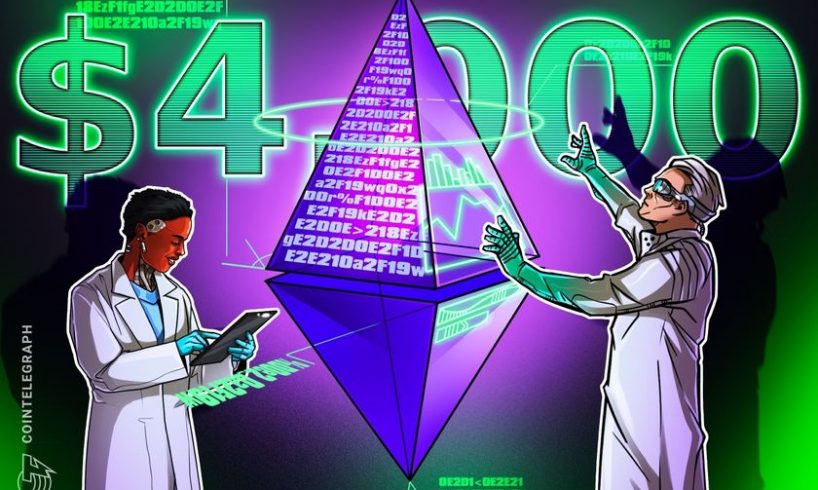
Ether (ETH) last traded above $4,000 on March 14, over two months before the Ether spot exchange-traded fund (ETF) approval by the United States Securities and Exchange Commission on May 23. Traders are questioning whether the bullish momentum has faded and, if not, what might drive a sustained rally above $4,000.
Spot Ether ETF launch was less than optimal
Part of investors’ lack of enthusiasm can be attributed to the cryptocurrency market’s underwhelming performance. The current sector’s total capitalization is $2.42 trillion, which is 16.5% below the 2024 peak of $2.82 trillion on March 14. Contributing factors include the US Federal Reserve’s apparently successful strategy to curb inflation without causing a recession, which has reduced the appeal of alternative assets.
However, Ether appears to be facing its own issues. Its price relative to Bitcoin (BTC) has declined by 10% in two months. The $406 million net outflows from aggregate Ether spot ETFs in the US since their debut on July 23 are partly to blame, although the outflows are concentrated in Grayscale’s products.
The Ethereum network’s stagnant total value locked (TVL) at ETH 17.8 million, unchanged from two months ago, suggests that ecosystem growth may have stalled. Some analysts argue that Ethereum gas fees, which have been above $1.8 for the past couple of months, incentivize its layer-2 scaling solutions. However, the TVL for these solutions has remained relatively flat at ETH 12.9 million over the past two months, according to L2Beat data.
Ethereum layer-2 total value locked, ETH. Source: L2Beat
In essence, for Ether to reclaim the $4,000 support level, there needs to be increased interest from institutional investors. This could be reflected in a trend of net spot ETF inflows in the US or at least the cessation of outflows from the Grayscale ETHE fund. As institutional money enters the space, traders would expect confirmation by measuring the ecosystem’s TVL.
Still, some investors have become skeptical of decentralized applications (DApps) deposit growth. This skepticism is due to the involvement of venture capital funds or…
..






